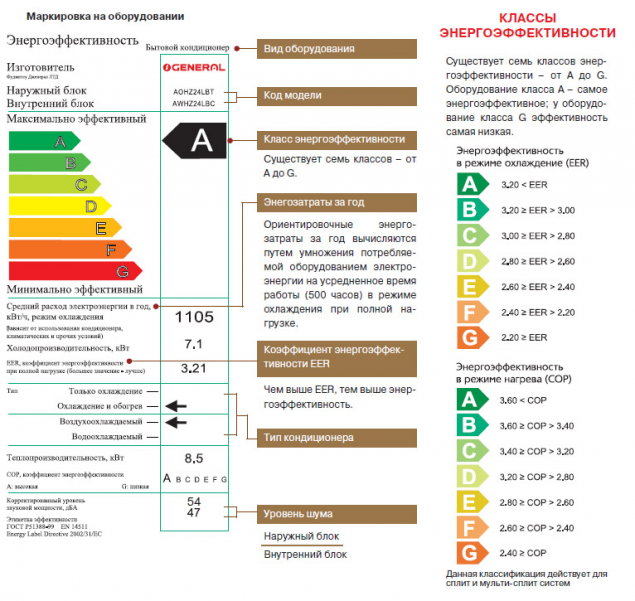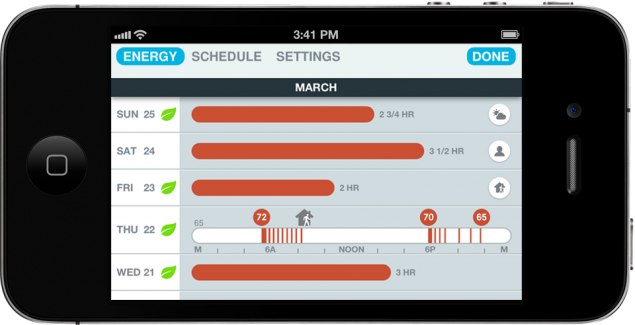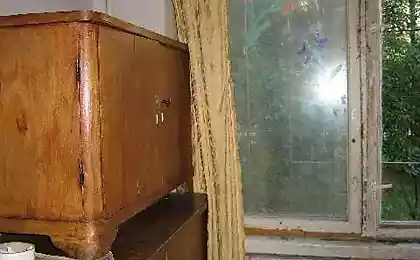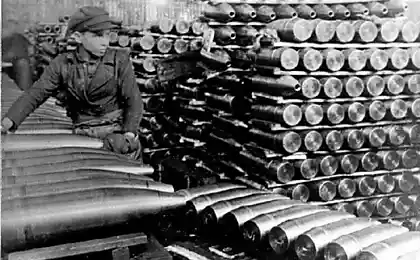601
How to optimize the energy efficiency of household appliances
Environmental problems of the country are inseparably linked with the problem of its efficiency. Therefore, buying is more economical in terms of electricity consumption of appliances, each person not only significantly reduces your future costs of utilities, but also makes a contribution to the common good cause – caring for the environment.

As appliances surrounds the modern man everywhere, from the front door to the bedroom, the question of choosing the electronic assistants should not focus exclusively on their functionality.
An important aspect will also be the efficiency of appliances, as this will ultimately affect how much the appliance will cost the user after its purchase.
It is no secret that buying a refrigerator or a TV, the buyer pays for it twice. First time in the store, the second in the form of monthly energy bills.
Repair of washing machines in Youtube, for example, assures the future buyer that the quality is more expensive equipment from trusted manufacturers. However, not only on the brand or the cost you need to pay attention.
All appliances has a a energy efficiency class, which determines its "voracity" during operation. This information is encoded in Latin letters, or color. The law "On energy saving" has obliged manufacturers to provide similar explanations of all the household appliances with high consumption of electricity.
These include a dishwasher and washing machine; cooling gel, camera and freezer; microwave ovens, ovens, ovens, and electric stoves; air conditioners, electric heaters, electric water heaters, lamps and televisions.
Initially, the energy efficiency classes was 7.
And they are designated by Latin letters from A to G, where the appliance class A was considered the most economical. Innovation in the industry in recent years has led to the emergence of more economical devices, which was marked Super A, A++ and A+.
For more informative and easier navigation simple consumer world in terms of energy efficiency, manufacturers often provide a literal marking and even color support. So class a was placed on a bright green sticker, B – pale green, class D went to yellow, and the most wasteful class of G is denoted in red. The information from the labels is duplicated in the passport of the appliance.
If you look at the information about washing machine repair on Twitter, it appears that the most energy efficient appliances break down less often. So this purchase is justified doubly, although the price of washing machines with energy class A will be higher than a similar device G-class.

If you consider the savings on the example of household refrigerators, which operate around the clock and have a significant impact on the total energy consumption in the apartment, that his standards are quite fit models of class D and E. and these models were the most popular 10-15 years ago.
However, the refrigerators of new generation class A+++ will be more than 3 times more effective of these two markings. For comparison, the refrigerator class A+++ consumes 80% less energy than its predecessor with a 10-year lifespan.
The same will be true for other household appliances. If you view statistics for "the repair of washing machines in Vkontakte", it turns out, washing machines class A and A+ moreover, that by themselves are economical, they are also less vulnerable to small failures that guarantees a long term trouble-free operation.
Unfortunately, society still isn't ready to pay a higher price for the same at first glance appliances.
However, they seem to be identical at first glance.
And the higher cost of the device at the time of purchase will result for the user, lower electricity bills, and for the state – a significant contribution to energy-efficient policy, which is part of a General policy of caring for the environment.

Source: zeleneet.com
Scientists identified a gene that increases the risk of cancer from meat
New technology dual laser can create rain and lightning























